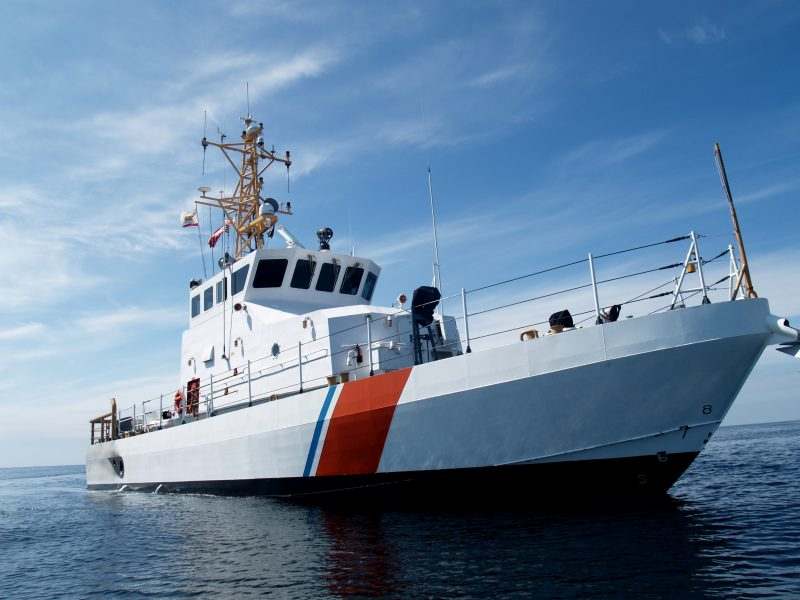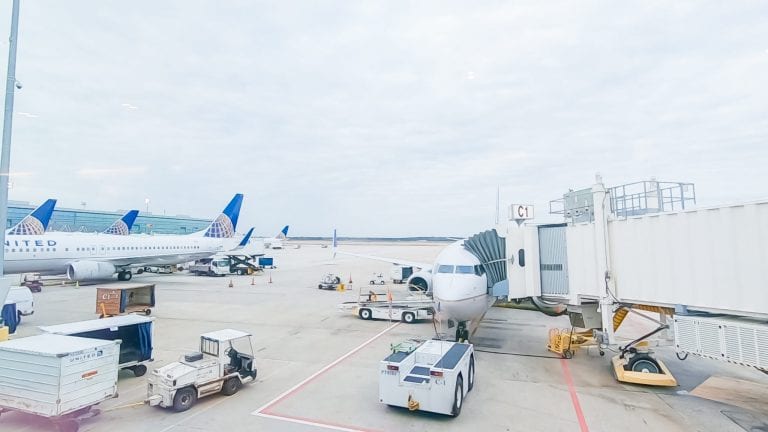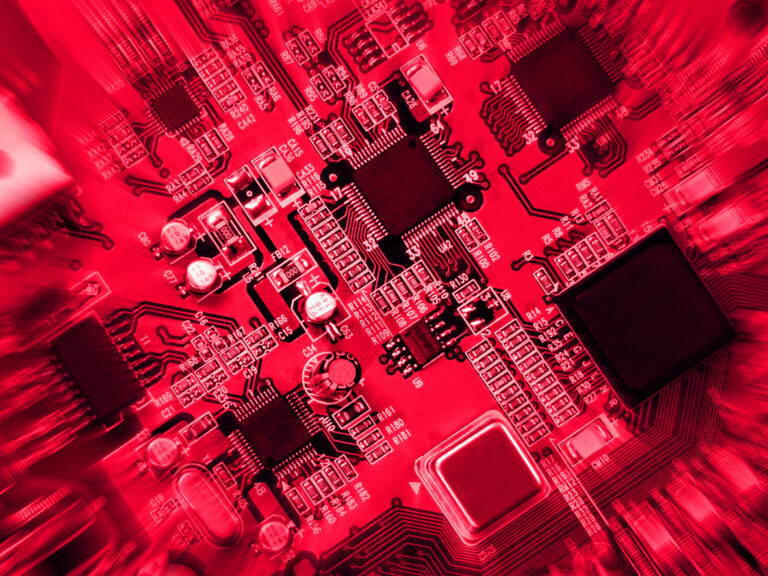
In the year 2024, subcontractors have access to a fantastic array of technical developments that allow them to expand their business options and significantly improve their capabilities. This is especially important during the hurricane season that is currently underway.
The incorporation of artificial intelligence and machine learning algorithms into software for project management and resource allocation is one of the most ground-breaking advancements that has ever been made. These solutions are able to correctly predict weather patterns, optimize the logistics of supply chain operations, and distribute resources in a more effective manner, which enables subcontractors to better prepare for hurricane interruptions and respond to them.
In addition, the utilization of drone technology for other purposes, such as damage assessments and site surveys, has become increasingly sophisticated. The ability of subcontractors to swiftly examine regions that have been affected by hurricanes and create action plans with accuracy is made possible by high-resolution photography and real-time data transfer. This results in a
significant reduction in both downtime and expenses. The utilization of mobile devices that are outfitted with sophisticated sensors and imager chips is yet another crucial technology. This technology is comparable to the newly produced X-ray vision chip that was inspired by Superman and was developed by researchers at The University of Texas at Dallas and Seoul
National University.
Through the use of these devices, structural flaws and hidden defects in buildings can be identified, hence providing essential insights without the need for invasive strategies. In addition, the implementation of technologies like as Building
Information Modeling (BIM) and the Internet of Things (IoT) makes it easier for subcontractors, general contractors, and stakeholders to communicate and coordinate their efforts. Through the use of Internet of Things sensors that are integrated in construction materials, it is possible to monitor stress and strain in real time, which can provide alerts for predictive maintenance and avert potential failures during extreme weather events. Because cloud-based technologies make it possible to share data and
perform remote monitoring in a seamless manner, they ensure that subcontractors can remain informed and connected regardless of where they are physically located.
In addition to streamlining operations and enhancing safety, these technological advancements not only enable subcontractors to extend their business potential by providing services that are more resilient and adaptable, but they also help us manage the
challenges of hurricane season. In the year 2024, technology has evolved into an invaluable ally for professionals, particularly subcontractors, who are navigating the unpredictable and frequently turbulent hurricane season. Not only can the most recent
technological breakthroughs improve operating efficiency, but they also play an important part in catastrophe preparedness and response. Subcontractors are provided with accurate predictions and timely alerts about incoming hurricanes as a result of the
combination of advanced weather forecasting systems and real-time data analytics. This is
one of the most significant advances that has taken place.
It is possible for professionals to make educated judgments with the help of these technologies, which are frequently powered by artificial intelligence. For example, they can identify essential suppliers and manufacturing facilities that are at danger of severe weather interruptions.
Furthermore, the exploitation of Internet of Things (IoT) devices has revolutionized the possibilities of remote monitoring, making it possible to continuously monitor equipment and infrastructure in regions that are prone to hurricanes. This real-time monitoring guarantees that any potential problems are discovered immediately, which enables prompt action to be taken to either prevent or fix the situation. In addition, the implementation of blockchain technology in supply chain management improves transparency and traceability, which guarantees the genuineness of essential materials and components and ensures their availability in the event that hurricanes disrupt supply chain operations. Cloud-based solutions provide a solid platform for data storage and business applications, which ensures that essential information is available even in the event that on-premise systems are compromised. With this, cloud-based solutions ensure that operations may continue uninterrupted.
Over the course of this year, we have also witnessed an increase in the utilization of drone technology, which facilitates the speedy assessment and appraisal of damage following a storm, so quickening the process of recovery. As a whole, the incorporation of these cutting-edge technology provides subcontractors with the instruments that are essential for efficiently managing risks, preserving operational continuity, and protecting the well-being of their teams and clients throughout the severe hurricane season of 2024.
By: Darrance Tezino, Director of Technology Services at CenterPoint Energy








